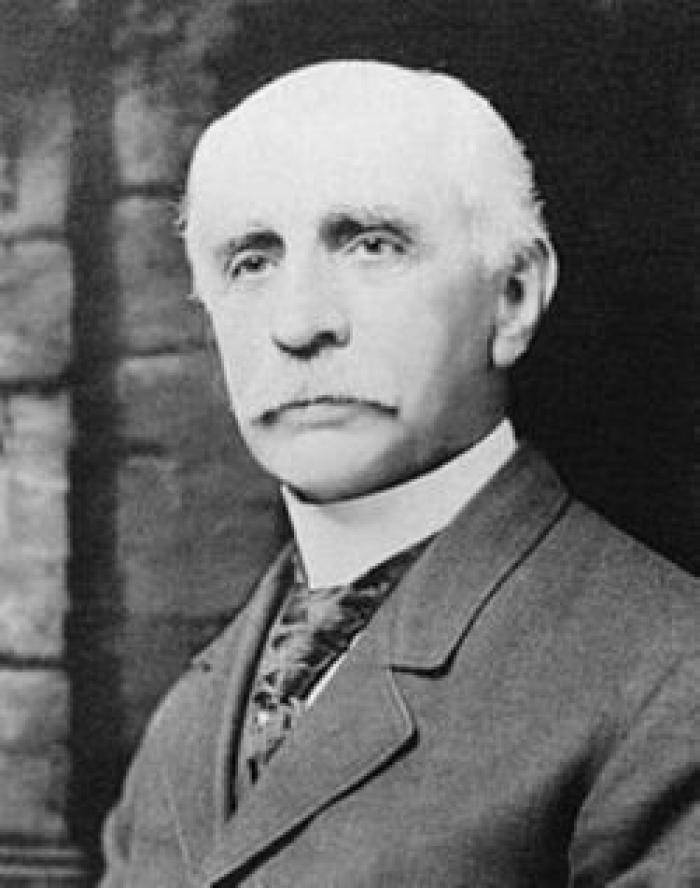Joseph Gayetty - Inventor of the Toilet Paper
In the long history of toilet papers, today one man remain remembered as one of the key inventors that managed to start the era of the widespread use of this toilet accessory. Before Joseph Gayetty came with his invention, only one country in the world had access to the toilet paper as we use today. It was China.
Fist mentioning of the toilet paper were found in the Chinese 5th century writings, and during 14th century, they even started regular mass production of such paper in the amounts of over 10 million sheets in only one province. Wealthy citizens and royal family in Beijing even had access to the several types of soft, stylized and perfumed toilet paper. In the others parts of the world, use of paper as a cleansing accessory was almost unheard of. There are several reasons for that - inability to produce massive and affordable quantities, inefficient or nonexistent toilet plumbing network, and more. After centuries of using water, rags, sticks, sand, leaves, corncobs, animal furs, finally American inventor Joseph Gayetty came to his invention - commercial toilet paper!

Gayetty was born in Massachusetts USA, and worked in New York where he came to idea of toilet paper in 1857. His product was marketed and intended to be used as a medical accessory, but it was later remembered as a commercial disaster (although this product remained in licensed use until late 1920s). It was sold in a package of 500 papers (scented and watermarked with manufacturers name) and was advertised as a help for people who had troubles with hemorrhoids.
Following Gayetti's commercial disaster, several other inventors tried to create successful products. Most notably Englishman Walter Alcock created paper in a roll (again unsuccessfully), and in 1867 brothers Thomas, Edward and Clarence Scott managed to successfully market their toilet paper. From that point on, use of toilet papers became widespread in the entire world.

